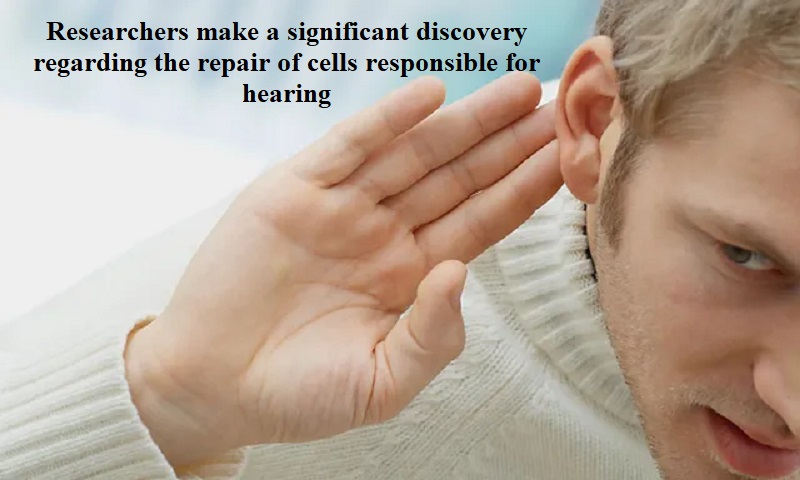
Scientists from the University of Virginia School of Medicine have made a groundbreaking discovery in the field of hearing research, uncovering the potential for repairing damaged cells responsible for hearing. The study focused on “hair cells,” which are vital for hearing and balance, as they possess hair-like structures acting as sensory antennas.
Previously, it was widely believed that damaged auditory hair cells could not regenerate. However, the new research conducted by Jung-Bum Shin from UVA’s Department of Neuroscience has demonstrated that these delicate cells can repair themselves after exposure to loud noises or other stressors.
The primary objective of the study was to understand the innate repair mechanisms of hair cells, ultimately leading to the development of effective strategies to enhance their resilience. One potential avenue arising from this research involves the use of drugs to stimulate the repair process of these cells.
If the replacement of hair cells proves challenging, focusing on their repair could provide a viable alternative. This repair strategy holds significant promise for advancing the treatment of hearing loss and related conditions.
Due to their involvement in sound detection, hair cells are naturally vulnerable to damage from prolonged exposure to loud noises. One common form of damage occurs in their core structures called stereocilia.
Shin’s research has shed light on a process in which hair cells utilize a protein called XIRP2 to detect damage to the actin cores and subsequently migrate to the damaged site to initiate repair by replenishing new actin.
According to Shin, age-related hearing loss affects a substantial portion of older adults, making it crucial to understand and harness the internal mechanisms through which hair cells combat wear and tear. Furthermore, this knowledge may have implications for related conditions such as Alzheimer’s disease and other forms of dementia.
The findings not only enhance our understanding of hair cell repair mechanisms but also have broader implications for cell biology research. The groundbreaking nature of this work has garnered the research team a significant grant of over $2.3 million from the National Institutes of Health to further investigate the repair of hair cell cores.
By gaining deeper insights into these repair processes, scientists can make strides in developing treatments for various forms of hearing loss, including age-related hearing loss, which affects a considerable number of older individuals.

Post Your Comments